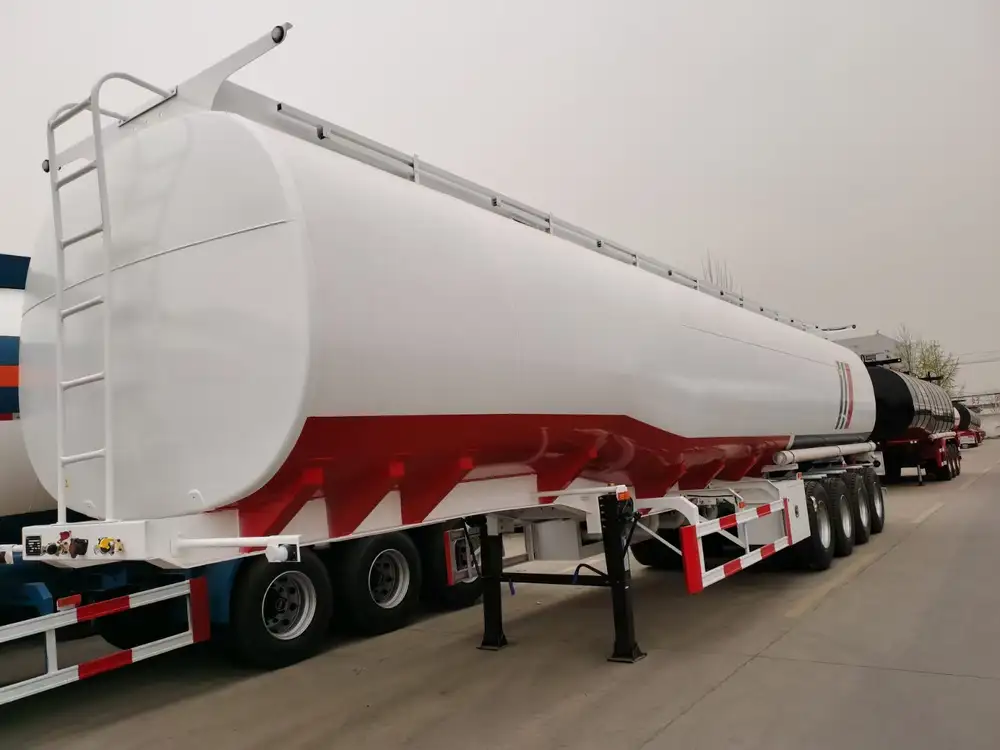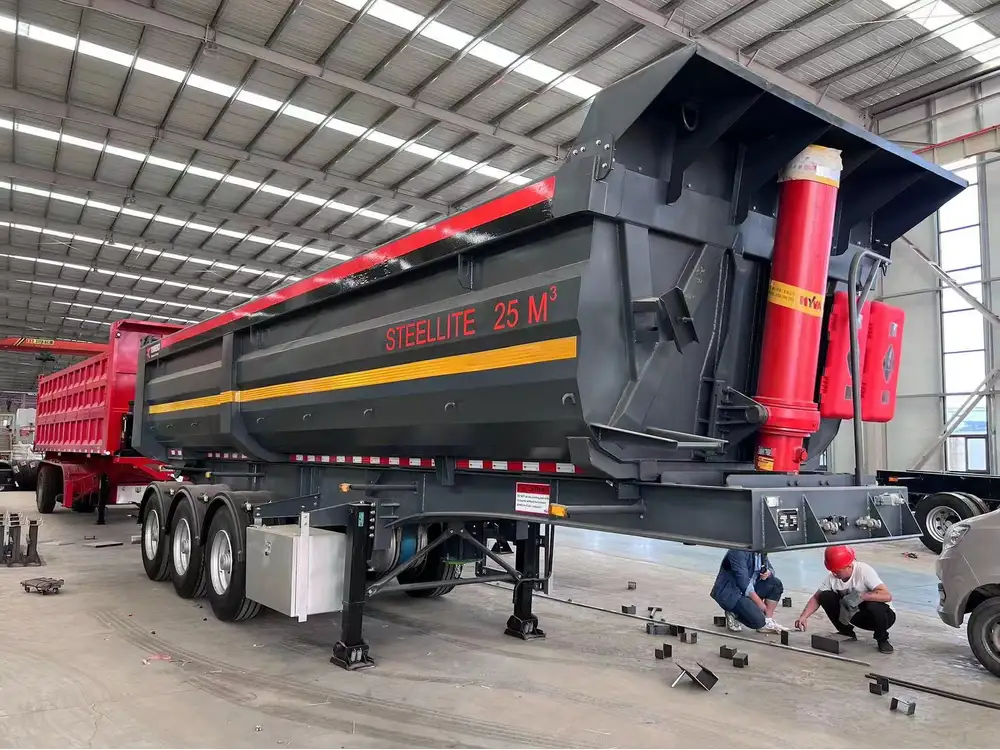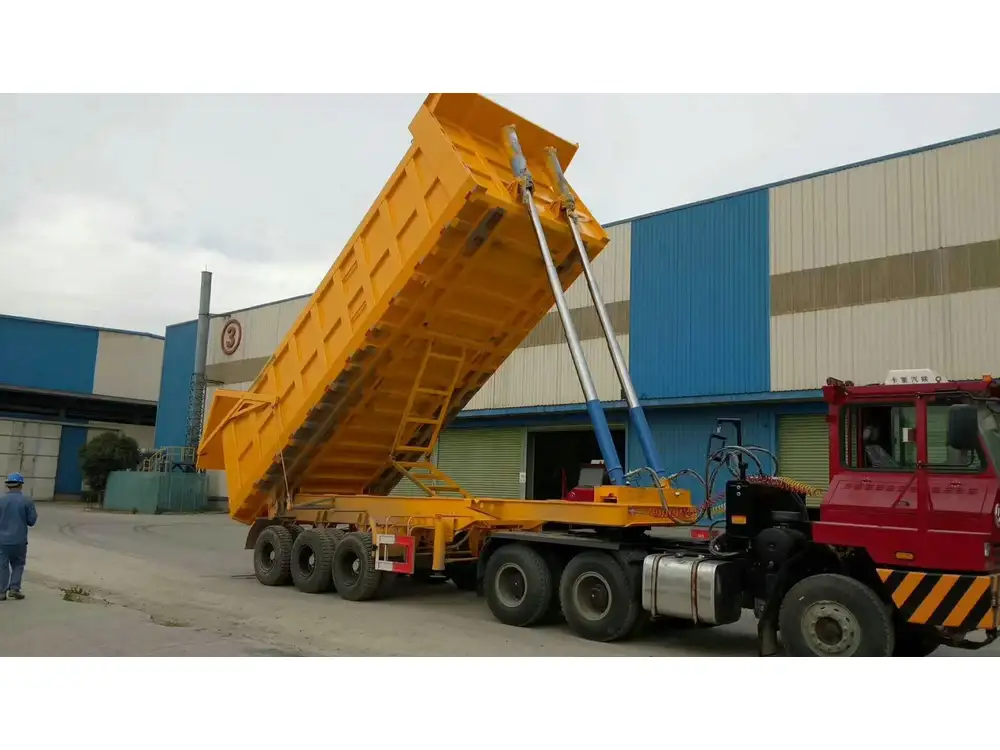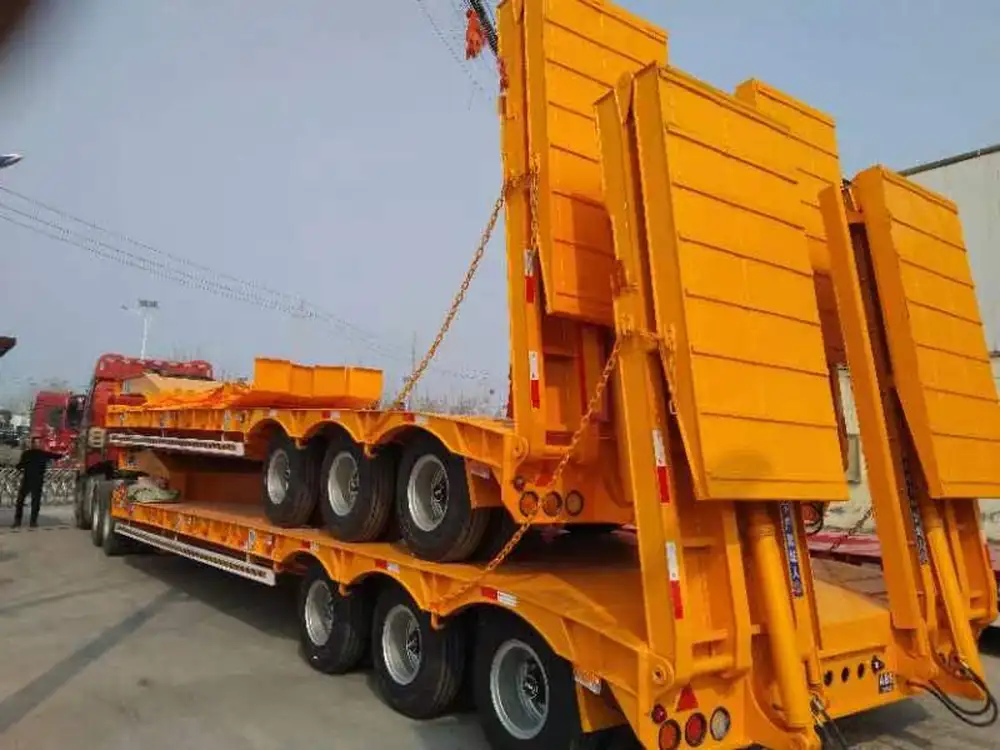Setting the bearings preload on a semi-trailer is critical for ensuring the longevity and reliability of your trailer. Properly configured bearings promote even weight distribution, reduce wear and tear, increase fuel efficiency, and improve handling. In this detailed guide, we will navigate through the technical nuances, considerations, and procedures for setting bearings preload, helping you enhance the performance of your semi-trailer.
Understanding Bearing Preload
Bearing preload is the axial load applied to a bearing to eliminate excess internal clearance. Finding the right balance is essential: too much preload can lead to rapid bearing wear and overheating, whereas too little can cause excessive play, leading to instability and increased wear. Therefore, manufacturers often specify precise preload values, typically measured in pounds or newtons.
Importance of Proper Bearing Preload
| Benefits | Consequences of Improper Preload |
|---|---|
| Extended bearing life | Increased friction and heat generation |
| Improved performance and handling | Accelerated wear on gears and components |
| Enhanced fuel efficiency | Potential for failure during heavy loads |
| Decreased chances of vibration and noise | Reduced stability when cornering and braking |

Tools and Equipment Needed
Before starting the adjustment process, ensure that you have the following tools on hand:
- Torque Wrench: For precise tightening of the bolts.
- Dial Indicator: To measure axial play or preload.
- Feeler Gauges: For measuring gaps or clearances.
- Hydraulic Press: (if required) for bearing installation/removal.
- Grease: Heavy-duty high-temperature bearing grease.
- Safety Equipment: Gloves and safety glasses for protection.
Step-by-Step Procedure for Setting Bearing Preload
Let’s break down the process into actionable steps, providing comprehensive detail at each stage.
1. Preparation

A. Safety First
- Engage the parking brakes and ensure the semi-trailer is on level ground.
- Use wheel chocks or blocks to prevent any accidental movement.
B. Disassemble the Wheel Hub
- Remove the wheel cover and loosen the lug nuts, but do not remove them completely at this stage.
- Lift the semi-trailer using a hydraulic jack, and stabilize it with jack stands.
- Fully remove the lug nuts and separate the wheel from the hub assembly.
2. Inspect the Bearings
- Remove the grease seal using a seal puller. Inspect the bearings for signs of wear, pitting, or damage.
- Clean the bearings and the hub using a solvent, ensuring that any old grease is removed.
- Replace any damaged bearings or seals.

3. Install the New Bearings
- Apply a liberal amount of grease to the new bearings, packing it into the rolling elements.
- Insert the inner bearing cone onto the wheel spindle, followed by the outer bearing race into the hub.
- Place a new grease seal onto the hub.
4. Initial Tightening of the Nut
- Thread the adjusting nut onto the spindle. With your fingers, snug the nut down to eliminate any play, ensuring it is set lightly.
- Use your torque wrench to tighten the nut according to the manufacturer’s specification (usually around 50-100 ft-lbs).
5. Measure Preload with Dial Indicator
- Attach the dial indicator to a fixed point on the axle housing, ensuring it touches the tip of the spindle.
- Rotate the wheel hub slowly. Observe the dial indicator reading; a small amount of rotation should be read as preload.
- Ideal preload settings are usually between 0.001 – 0.005 inches. Adjust the nut accordingly to reach the specified preload.

6. Final Assembly
- Once the correct preload is achieved, back off the adjusting nut slightly to align the pin holes.
- Insert the retaining pin or lock washer to secure it in place, then re-tighten the nut to ensure there’s no movement.
- Replace the wheel, ensuring the lug bolts are seated properly. Hand-tighten the lug nuts, then lower the trailer to the ground for final tightening with the torque wrench.
7. Performance Check
- Upon completion, perform a test drive to ensure everything is functioning smoothly. Listen for any abnormal noises and check for vibrations.
- After the first few miles, conduct a re-check of all bolt tightness and bearing functionality.
Common Issues and Troubleshooting
While setting bearing preload may seem straightforward, various challenges can arise. Here we tackle some common issues:

1. Inaccurate Preload Reading
Potential Causes
- Incorrect setup of the dial indicator.
- Contamination or debris in the bearing.
Solutions
- Double-check the dial’s zero setting and ensure clean installation areas.
- If debris is present, clean thoroughly before attempting to measure preload again.

2. Excessive Noise or Vibration Post-Installation
Potential Causes
- Improperly set preload or excessive bearing wear.
- Insufficient lubrication or contamination.
Solutions
- Review the preload measurements and refer back to the specifications provided by the manufacturer.
- Inspect and grease bearings, replacing any components that appear damaged.

3. Uneven Tire Wear
Potential Causes
- Poorly aligned wheels or incorrect preload settings.
Solutions
- Conduct a wheel alignment to verify proper configuration post-bearing adjustment.

The Role of Regular Maintenance
Maintaining the proper preload is not a one-off task but an ongoing responsibility. Regular inspections of the bearing systems, checking for grease levels, and monitoring trailer performance metrics are crucial for longevity.
Maintenance Recommendations
- Scheduled Inspections: Conduct visual inspections every 10,000 miles.
- Greasing: Regularly grease bearings at intervals specified by the manufacturer, especially in demanding applications.
- Temperature Monitoring: Check bearing temperatures during operation; excessive heat can indicate preload issues or insufficient lubrication.
Conclusion
Correctly setting the bearing preload on a semi-trailer is essential for ensuring optimal performance, safety, and durability. Following these structured steps, while being conscious of maintenance practices, will help you successfully tackle the task at hand. By ensuring proper preload, you can enhance your trailer’s efficiency and extend its operational lifespan.

Call to Action
If you need further assistance or would like professional services related to semi-trailer maintenance, don’t hesitate to reach out. Our team of experts is here to help you maximize your semi-trailer’s performance.
Implement these best practices today to safeguard your operational effectiveness and reduce long-term costs.



